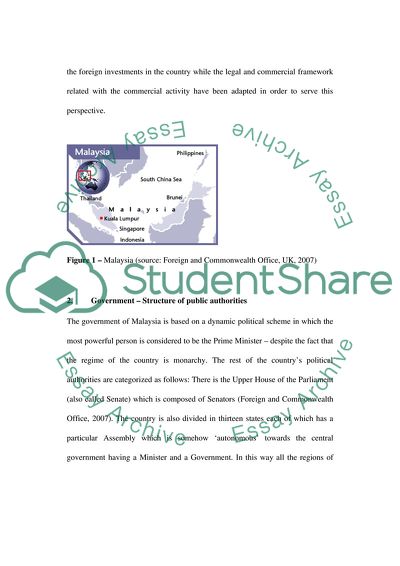Cite this document
(The Federation of Malaysia: Country Profile Case Study, n.d.)
The Federation of Malaysia: Country Profile Case Study. https://studentshare.org/geography/1709230-international-marketing-2
The Federation of Malaysia: Country Profile Case Study. https://studentshare.org/geography/1709230-international-marketing-2
(The Federation of Malaysia: Country Profile Case Study)
The Federation of Malaysia: Country Profile Case Study. https://studentshare.org/geography/1709230-international-marketing-2.
The Federation of Malaysia: Country Profile Case Study. https://studentshare.org/geography/1709230-international-marketing-2.
“The Federation of Malaysia: Country Profile Case Study”. https://studentshare.org/geography/1709230-international-marketing-2.


